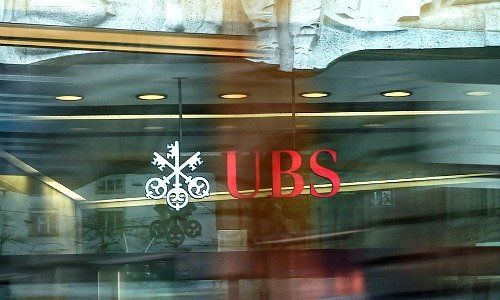Tying the two units together means bridging a huge cultural and strategic divide: Swiss private banking clients typically bring at least $1 million in assets, while U.S. brokerages generally accept clients with $100,000 in funds, or less.
The Vultures and the Refined Europeans
To be sure, UBS took a stab at finding the middle ground between the two models back in 2000, after buying New York-based Paine Webber. The Swiss bank tried to sell its European wealth management clients on a broker-like trading model (it didn’t work for UBS – nor did it for Credit Suisse, which launched a similar effort).
Since then, UBS has let the U.S. and the wider private bank pursue separate-but-equal paths: each had been managed individually, and had the authority to pursue their own salary schemes and strategies, for example.
American brokers are viewed as vultures by their seemingly more refined private banking brethern: U.S. advisers take a cut of what they sell to clients, while private bankers elsewhere are paid on metrics such as net new money, for example.
The disparities between the two are greater than what they have in common, is the tone.
A Task for Hercules
«I don’t believe the merger will result in much in the way of synergies because the two units have entirely different wealth management approaches – they cannot simply be amalgamated,» Research Partners’ Skierka said.
The move sounds trivial, but required Herculean efforts on the ground, as several UBS insiders note. «The Americans aren’t going to accept anything that comes from Europe,» as one summarizes.
For Blessing and in particular Naratil, who enjoys credibility internationally as UBS’ long-time finance chief, the first priority is bridge-building.
- << Back
- Page 2 of 2




































